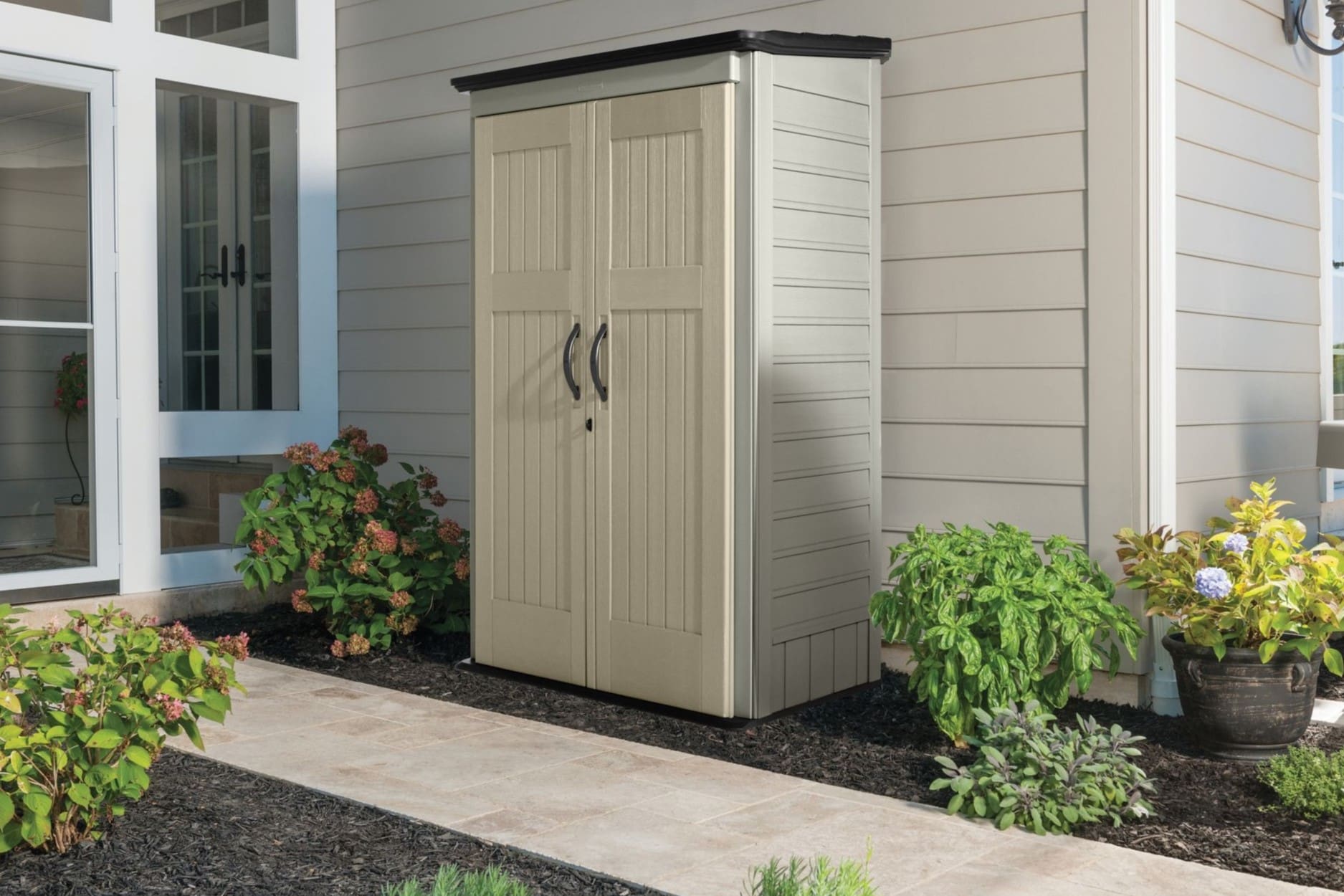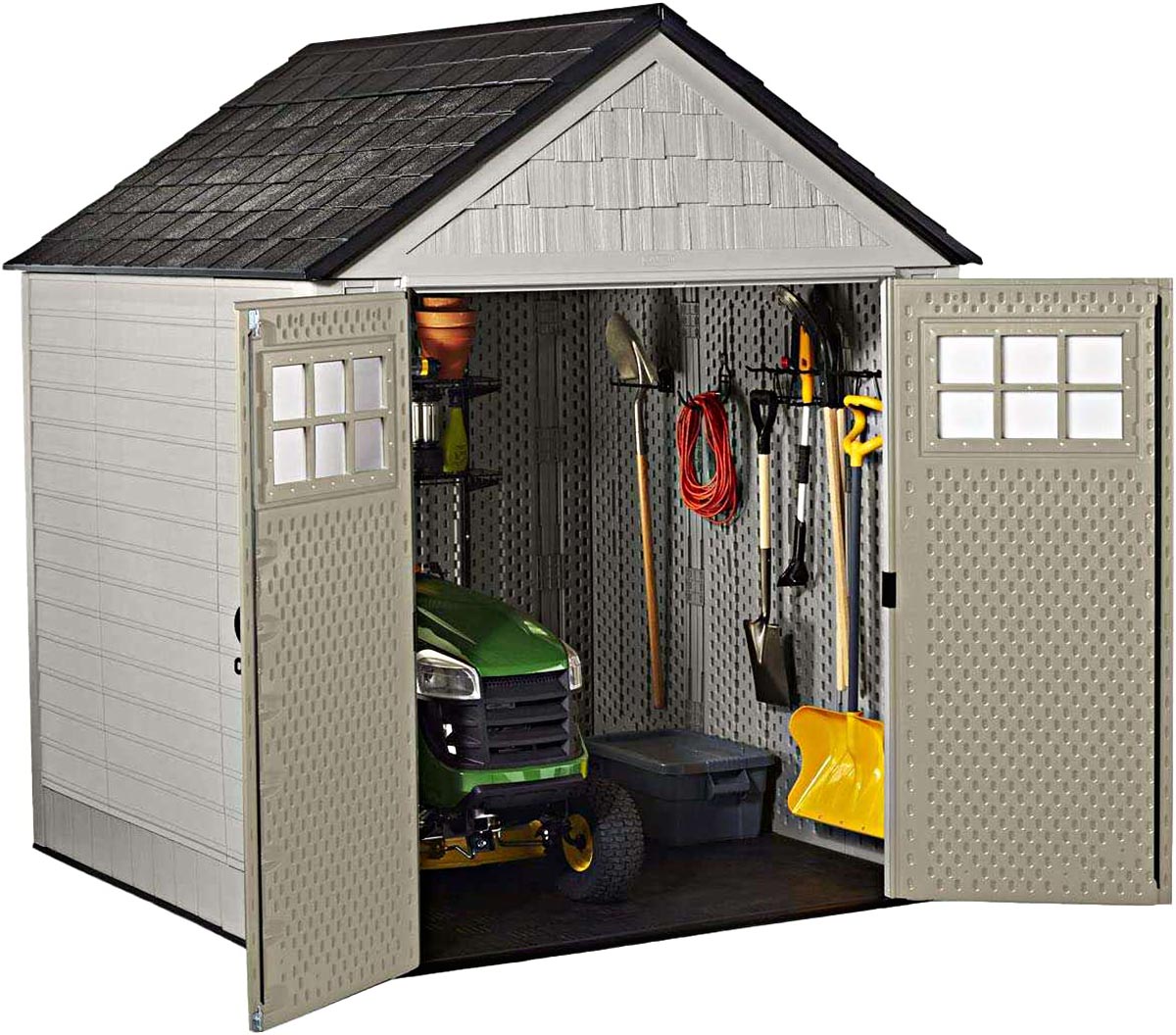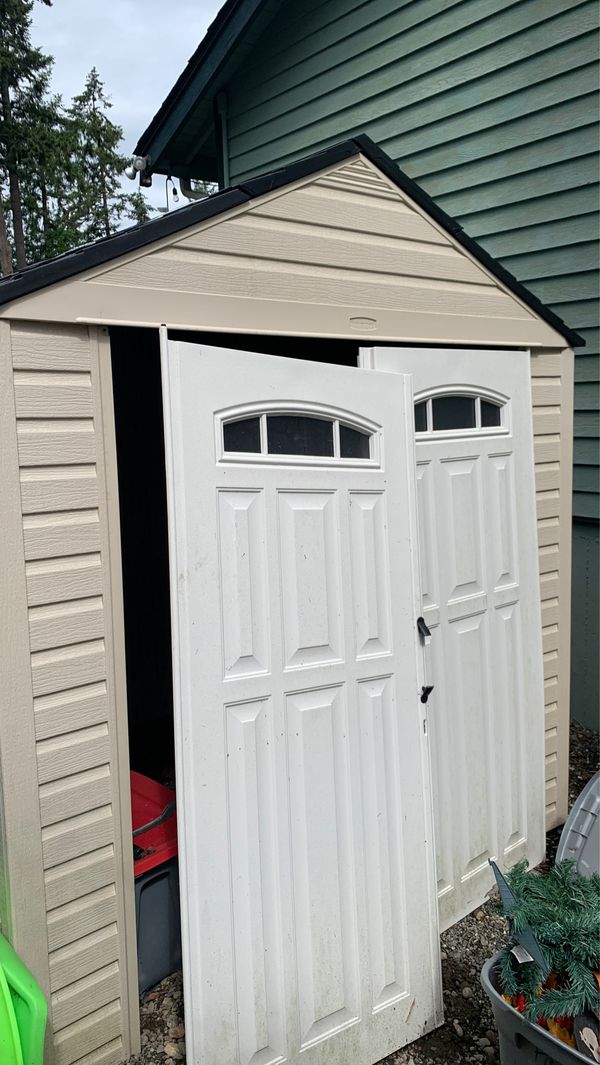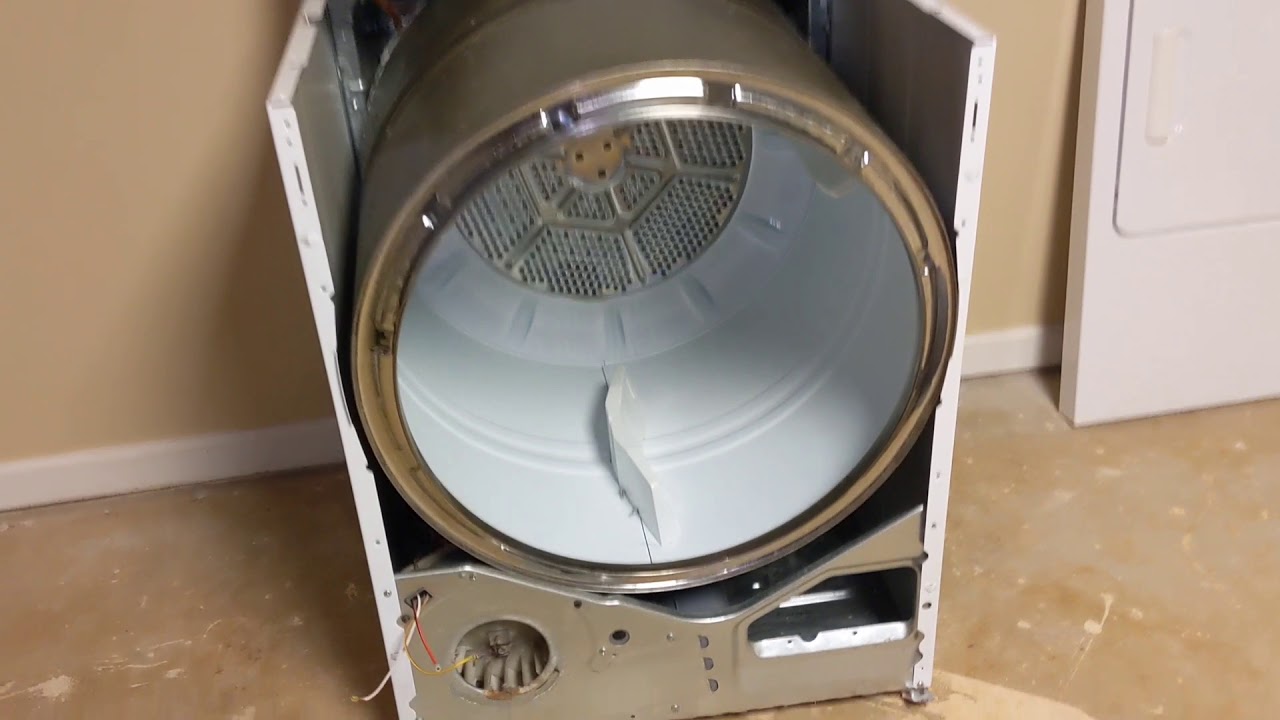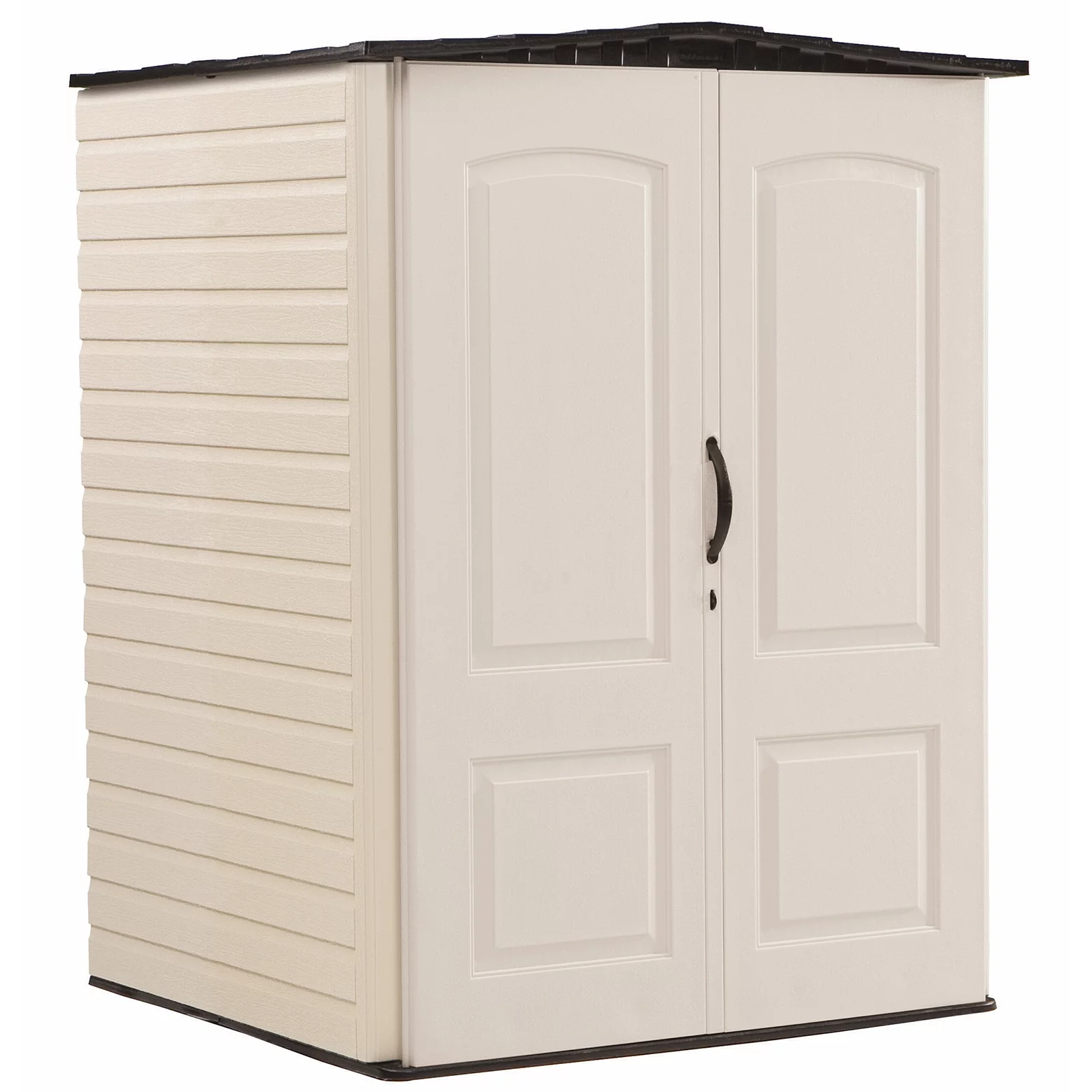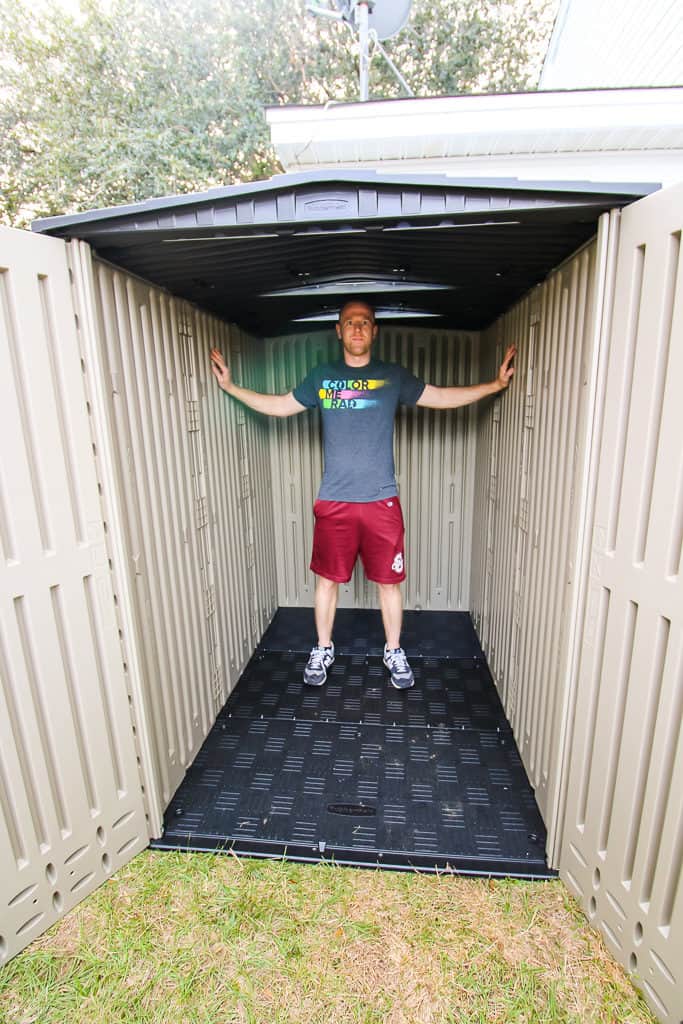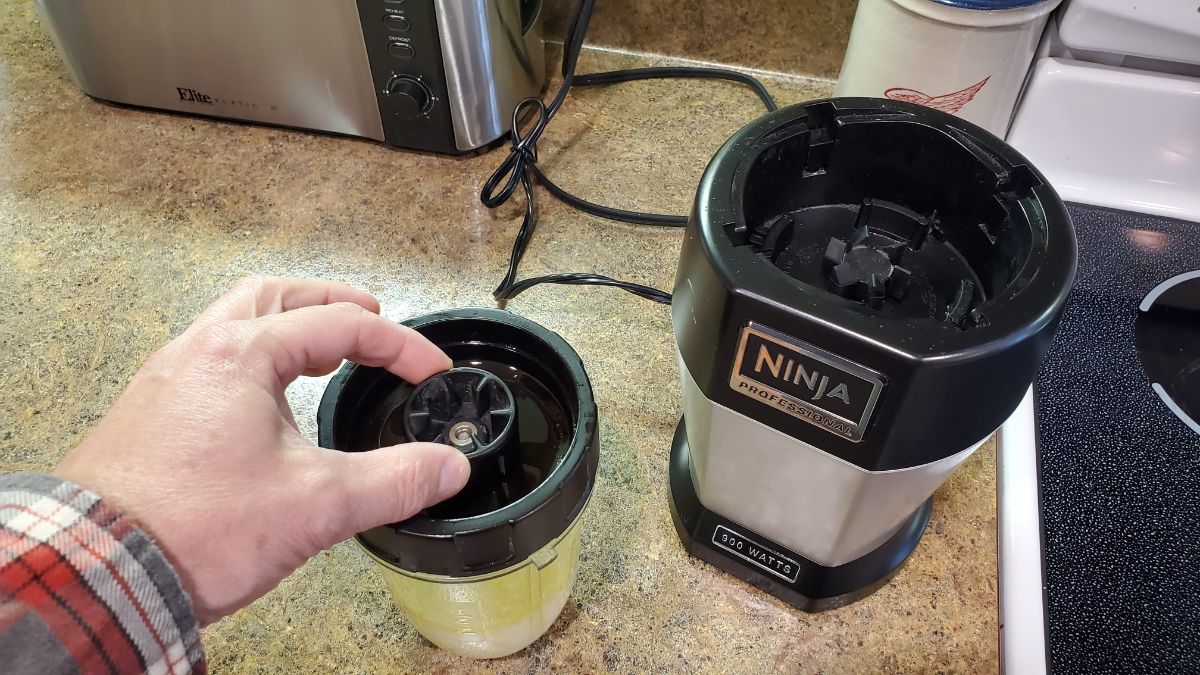Ever feel the urge to, like, *really* understand something? I'm talking about taking it apart. Like a Rubbermaid shed. You know, those trusty guardians of garden gnomes and forgotten pool toys?
Well, let me tell you, deconstructing one of these is a surprisingly good time. Think of it as reverse engineering... only much, much less intimidating. And way more plastic-y.
The Joy of Shed Surgery (No Scalpel Required!)
First, you'll need some tools. Nothing fancy. A screwdriver or two (Phillips and flathead) will be your best friends. Maybe a rubber mallet if things get *really* exciting.
Now, start looking for the screws. Rubbermaid sheds are usually held together with a delightful assortment of these little guys. They're not hiding, promise!
Loosen, unscrew, and maybe even utter a little "Gotcha!" when you finally wrestle one free. Each screw is a tiny victory.
A Symphony of Snaps and Clicks
As you go, you'll start to understand how the shed's design works. The clever way the panels interlock. The ingenious (or maybe not so ingenious) system for the roof.
Listen to the sounds. The satisfying snap of plastic disconnecting. The gentle click as a panel releases. It's like a bizarre, architectural ASMR.
Sometimes, you might encounter a stubborn piece. Don't force it! Gently wiggle, check for hidden screws, and maybe whisper some words of encouragement.
The Puzzle Pieces of Plastic Paradise
Before you know it, you'll have a pile of individual panels. Walls, roof sections, maybe even a slightly dusty floor. The disassembled shed is now a giant jigsaw puzzle.
Take a moment to admire your handiwork. You've successfully conquered a small plastic fortress. You are, in essence, a Shed Whisperer.
It's quite satisfying. Like completing a level in a video game, only instead of pixels, you've got recyclable materials.
Unexpected Discoveries Await
Taking apart a Rubbermaid shed can also lead to unexpected discoveries. Lost treasures! Maybe a forgotten garden gnome! A particularly resilient spiderweb!
Who knows what secrets your shed holds? This is your chance to unearth them. Like a backyard archaeologist, you are uncovering history, one plastic panel at a time.
You might even find some spare parts you didn't know existed. "Oh, *that's* what that was for!"
More Than Just Taking Things Apart
But the best part? You gain a newfound appreciation for the humble Rubbermaid shed. You understand its strengths, its weaknesses, and its quirky personality.
It's not just a plastic box anymore. It's a collection of thoughtfully designed (or at least, intentionally assembled) components.
Taking it apart can actually make you more connected to it. It's like dissecting a frog in biology class, but way less slimy (hopefully).
A Gateway to DIY Greatness?
And who knows, maybe this will inspire you to build something new. A super-shed! A fort! A truly epic gnome village!
The possibilities are endless. You've unlocked a new level of DIY mastery. The world is your plastic oyster.
So, next time you're bored, consider taking apart a Rubbermaid shed. It's surprisingly fun, educational, and strangely rewarding. Just be sure to remember how it goes back together!
